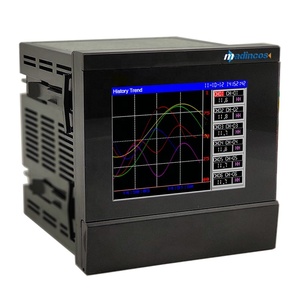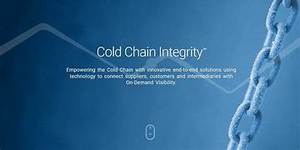Introduction to Temperature Chart Recorders
A temperature chart recorder is an essential instrument used in various industries to monitor and record temperature changes over time. These devices capture real-time temperature data, providing valuable insights into the conditions of products or environments that are sensitive to temperature fluctuations. Whether in pharmaceuticals, food storage, or environmental monitoring, investing in a reliable temperature chart recorder ensures compliance with regulations and enhances product quality.
Types of Temperature Chart Recorders
Temperature chart recorders come in various formats to suit different needs and applications:
- Analog Chart Recorders: These traditional devices use paper charts to record temperature data over time, providing a tangible record of fluctuations.
- Digital Chart Recorders: More advanced than their analog counterparts, digital recorders typically feature electronic displays and can store vast amounts of data, allowing for easy export to computers.
- Multi-Channel Recorders: Ideal for environments that require monitoring of multiple locations, such as cold storage warehouses, these recorders can measure and log temperatures from several sensors simultaneously.
- Wireless Chart Recorders: Offering the convenience of remote monitoring, wireless devices transmit data to cloud storage or central databases, allowing for instant access and analysis from anywhere.
Applications of Temperature Chart Recorders
Temperature chart recorders are utilized across various sectors where temperature control is crucial:
- Pharmaceuticals: To ensure that medicines and vaccines are stored at optimal temperatures, maintaining their efficacy and safety.
- Food Industry: Essential for monitoring refrigerated and frozen goods, helping prevent spoilage and ensure compliance with health regulations.
- Environment Monitoring: Used in laboratories and research facilities to keep track of temperature changes in sensitive experiments or sample storage.
- Manufacturing: Helps in processes where temperature consistency is vital, such as in chemical production or materials processing.
Key Features of Temperature Chart Recorders
The effectiveness of temperature chart recorders can be attributed to their various features:
- Accuracy: High-precision sensors ensure that recordings reflect true environmental conditions, making data reliable for critical applications.
- Data Logging: Most modern recorders can log data continuously over specified periods, storing it for later retrieval and analysis.
- Alerts and Alarms: Many devices are equipped with alert systems that notify users of any deviations from set temperature thresholds, preventing potential issues before they escalate.
- User-Friendly Interfaces: Digital temperature chart recorders often come equipped with intuitive controls and displays, making it easy for users to operate and understand the data.
- Robust Construction: Built to endure harsh environments, these devices are generally designed to be waterproof, shock-resistant, and capable of withstanding wide temperature ranges.
Advantages of Using Temperature Chart Recorders
Integrating temperature chart recorders into your operations not only protects your assets but also provides several other benefits:
- Enhanced Compliance: Keeping accurate records helps businesses comply with industry regulations and avoids penalties due to non-compliance.
- Improved Quality Control: By continuously monitoring temperatures, businesses can maintain product integrity and enhance customer satisfaction.
- Cost-Efficiency: Proactive monitoring can save costs related to spoilage, losses, and damage due to temperature fluctuations.
- Data Accessibility: With digital options, temperature data can be easily accessed and analyzed, providing actionable insights for ongoing improvements.












































































































































































